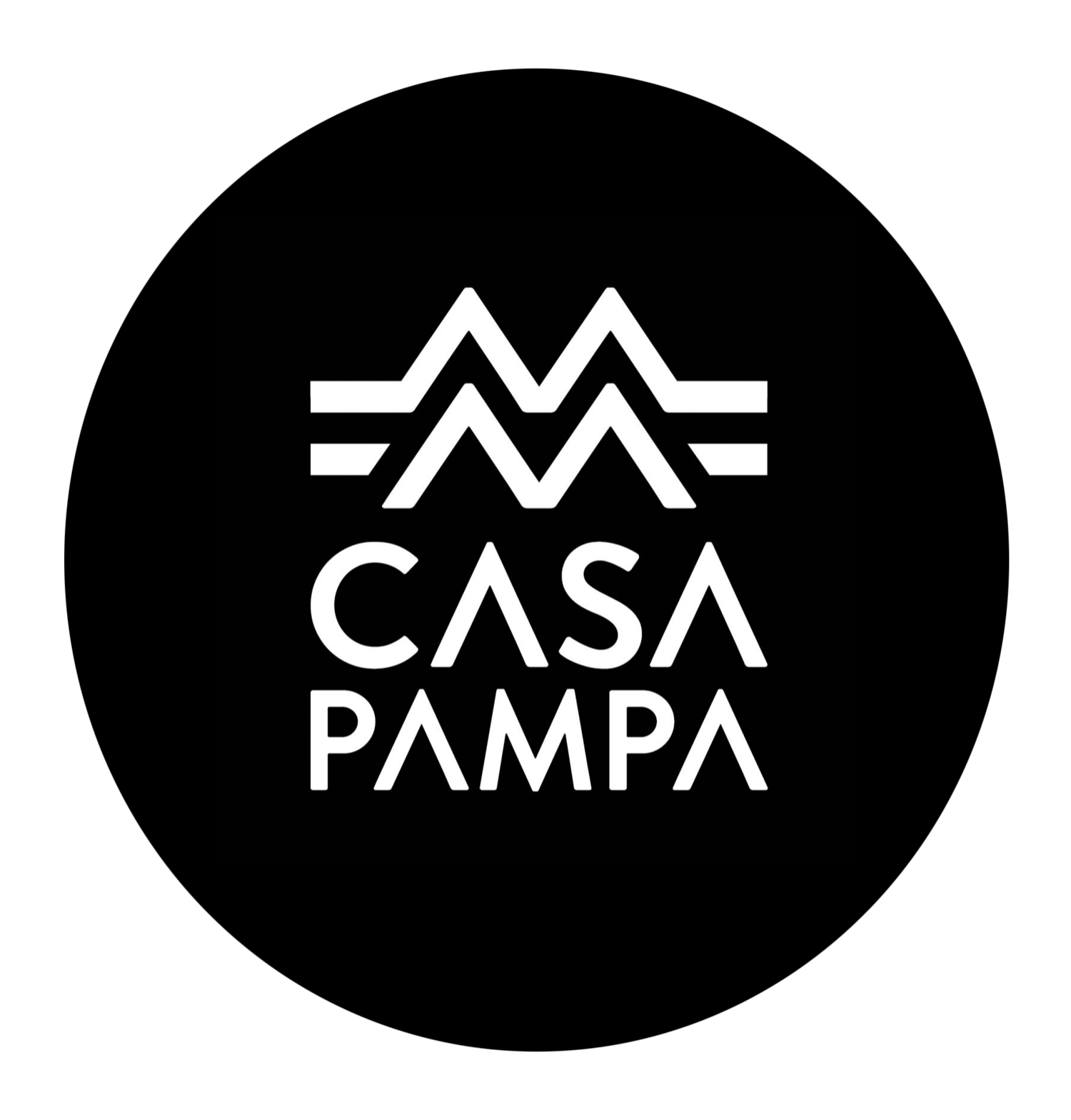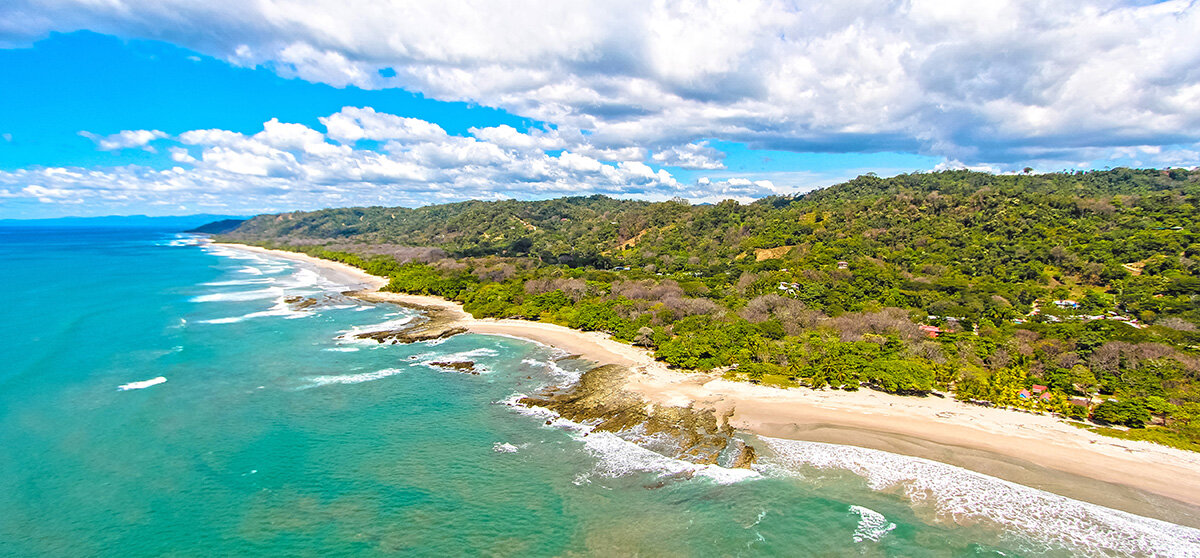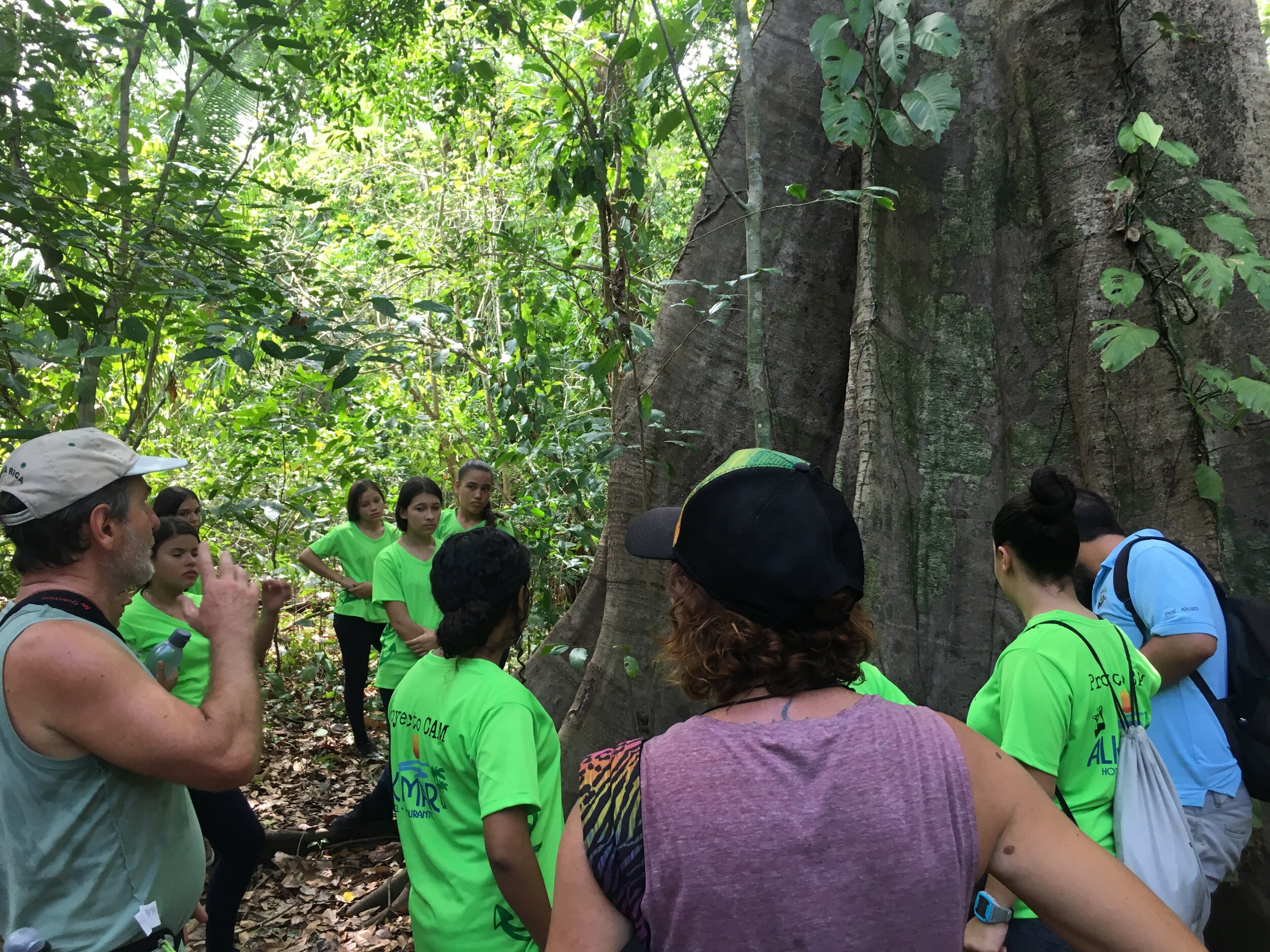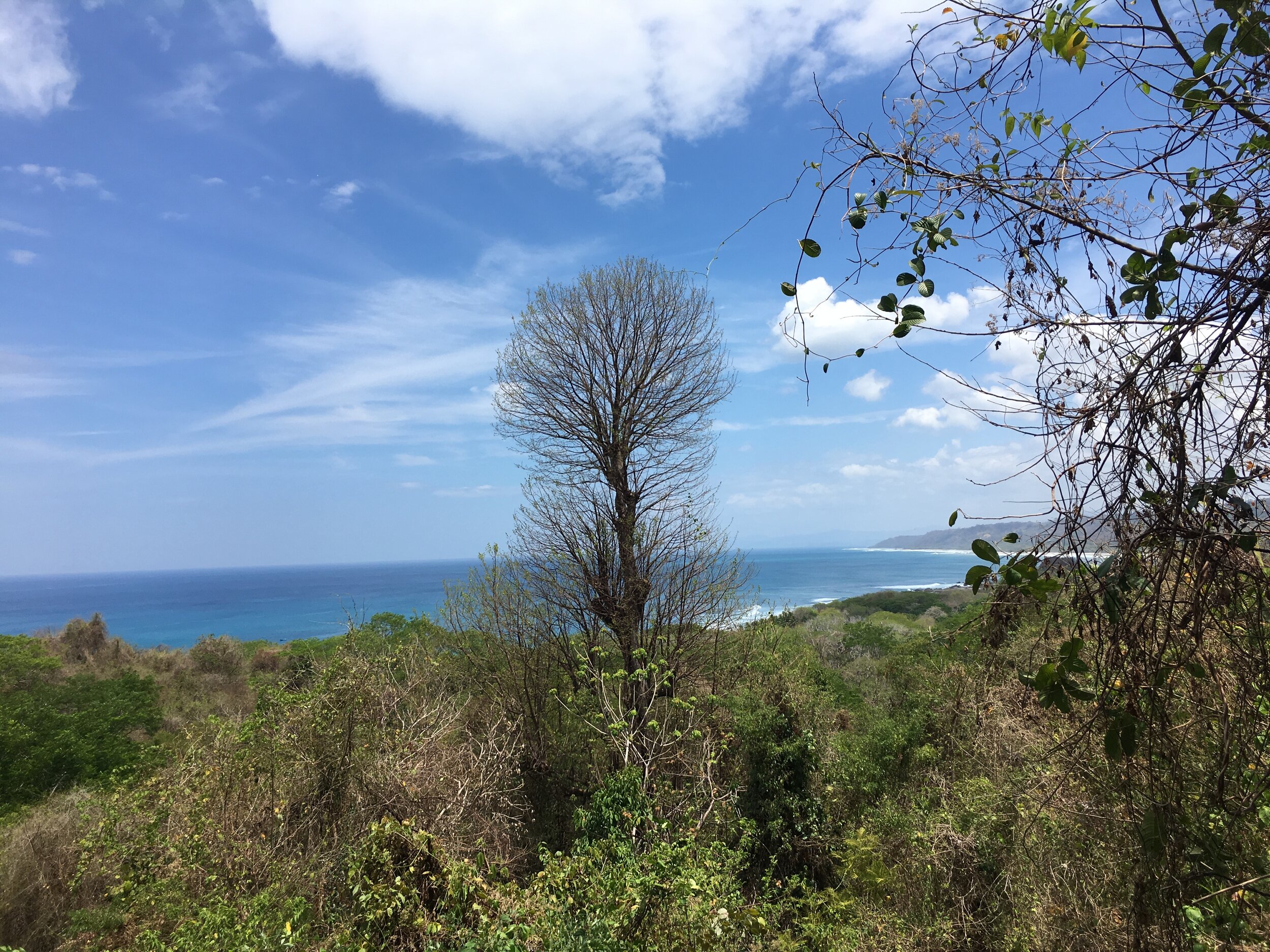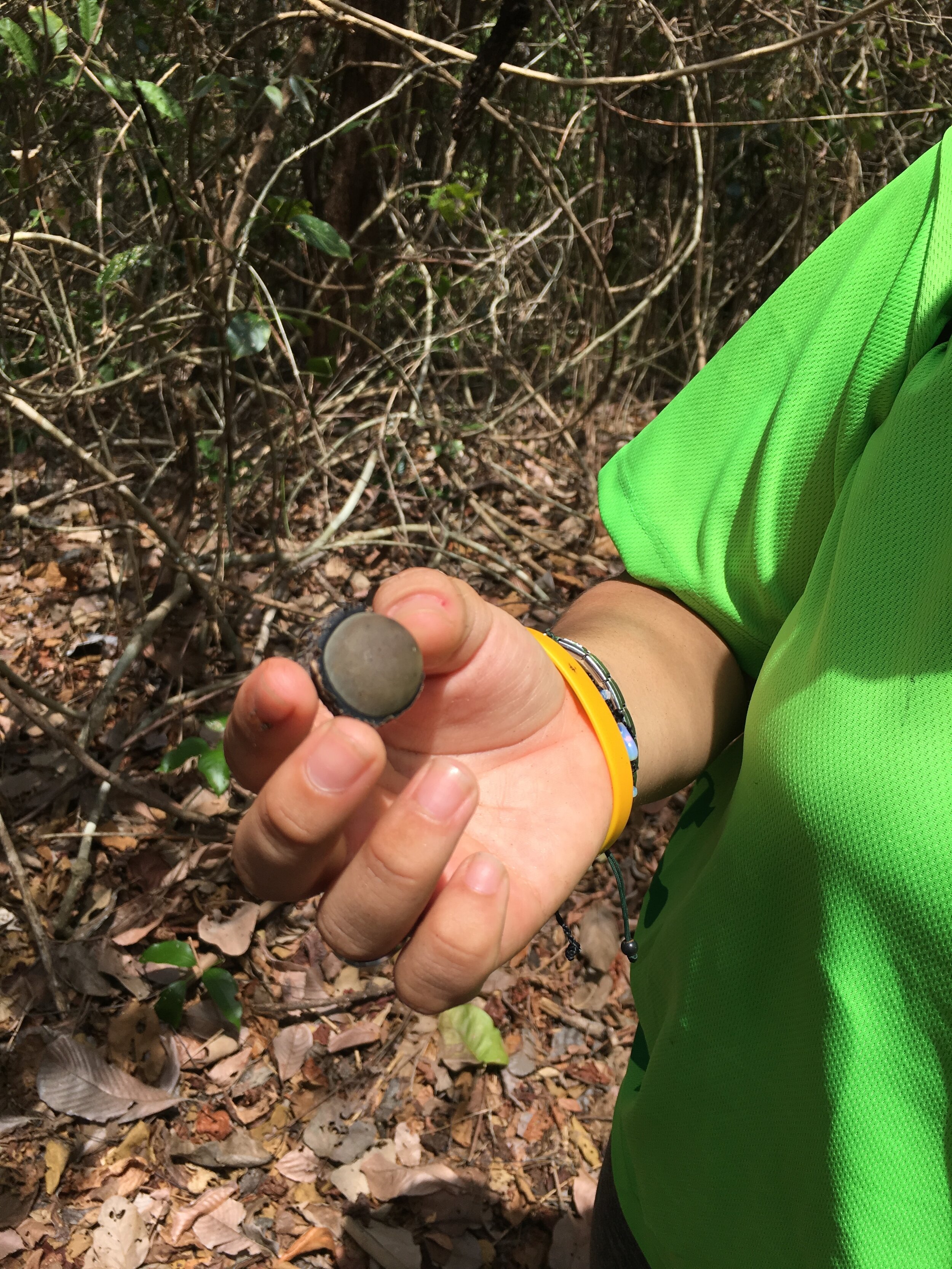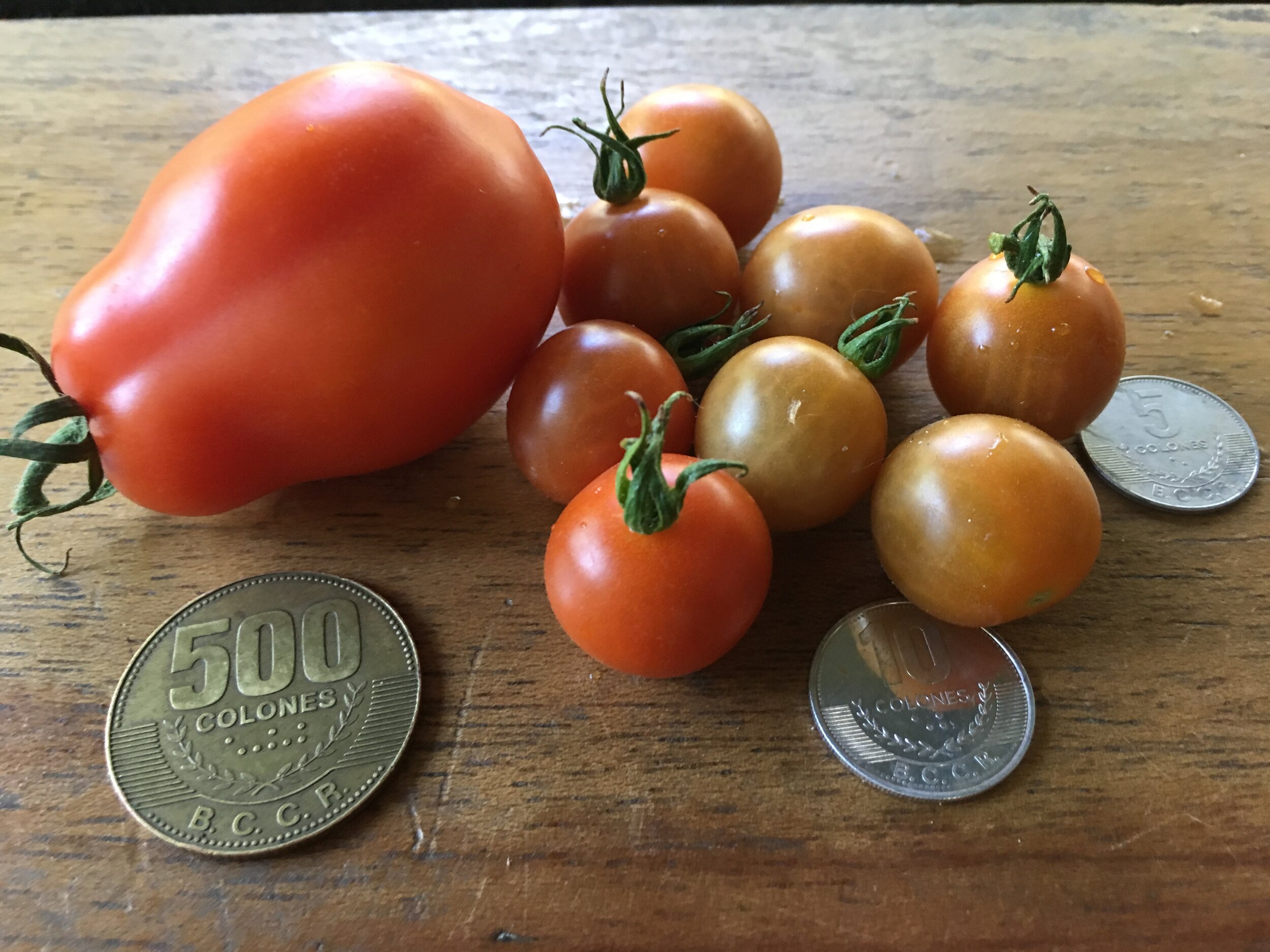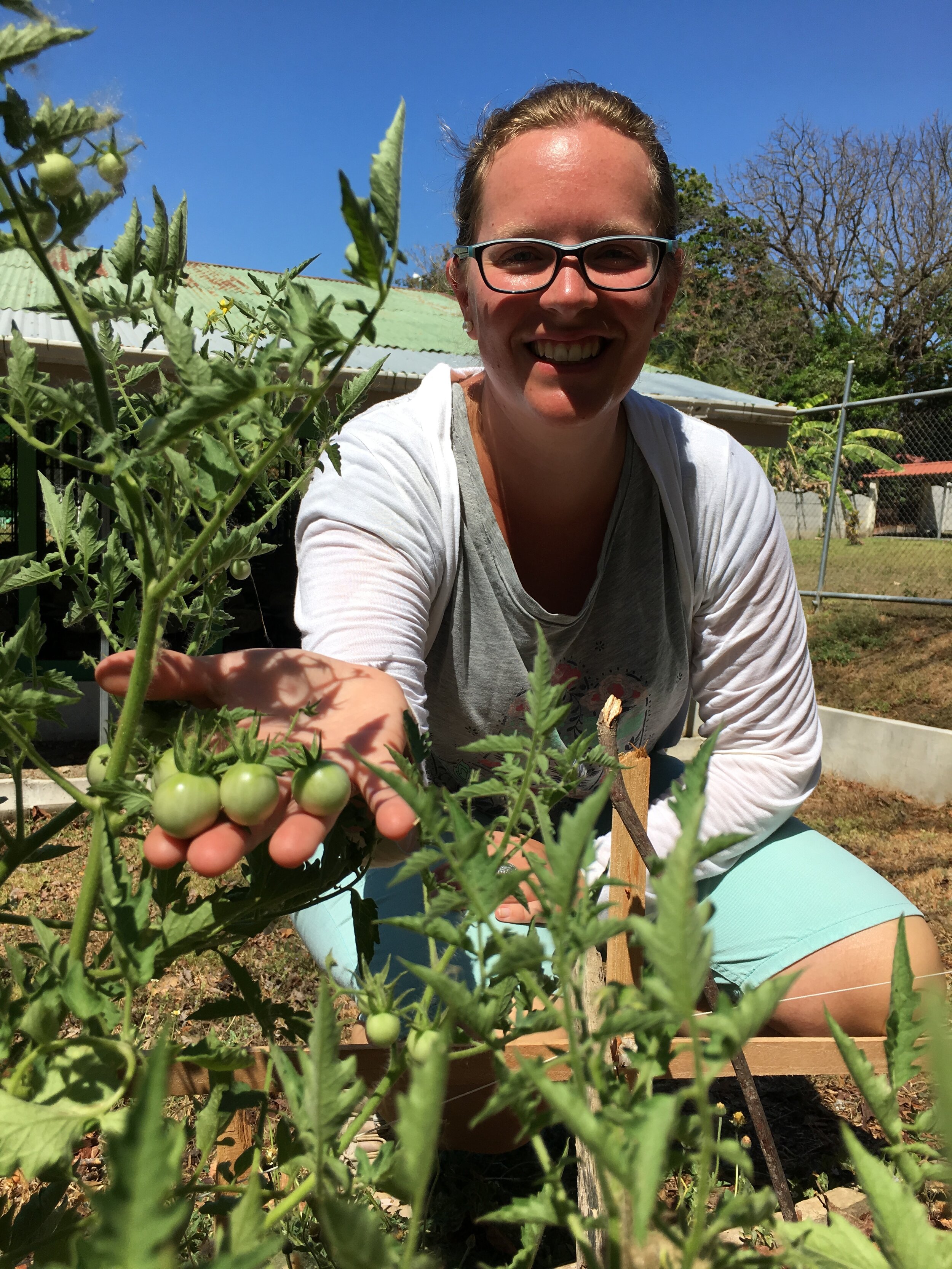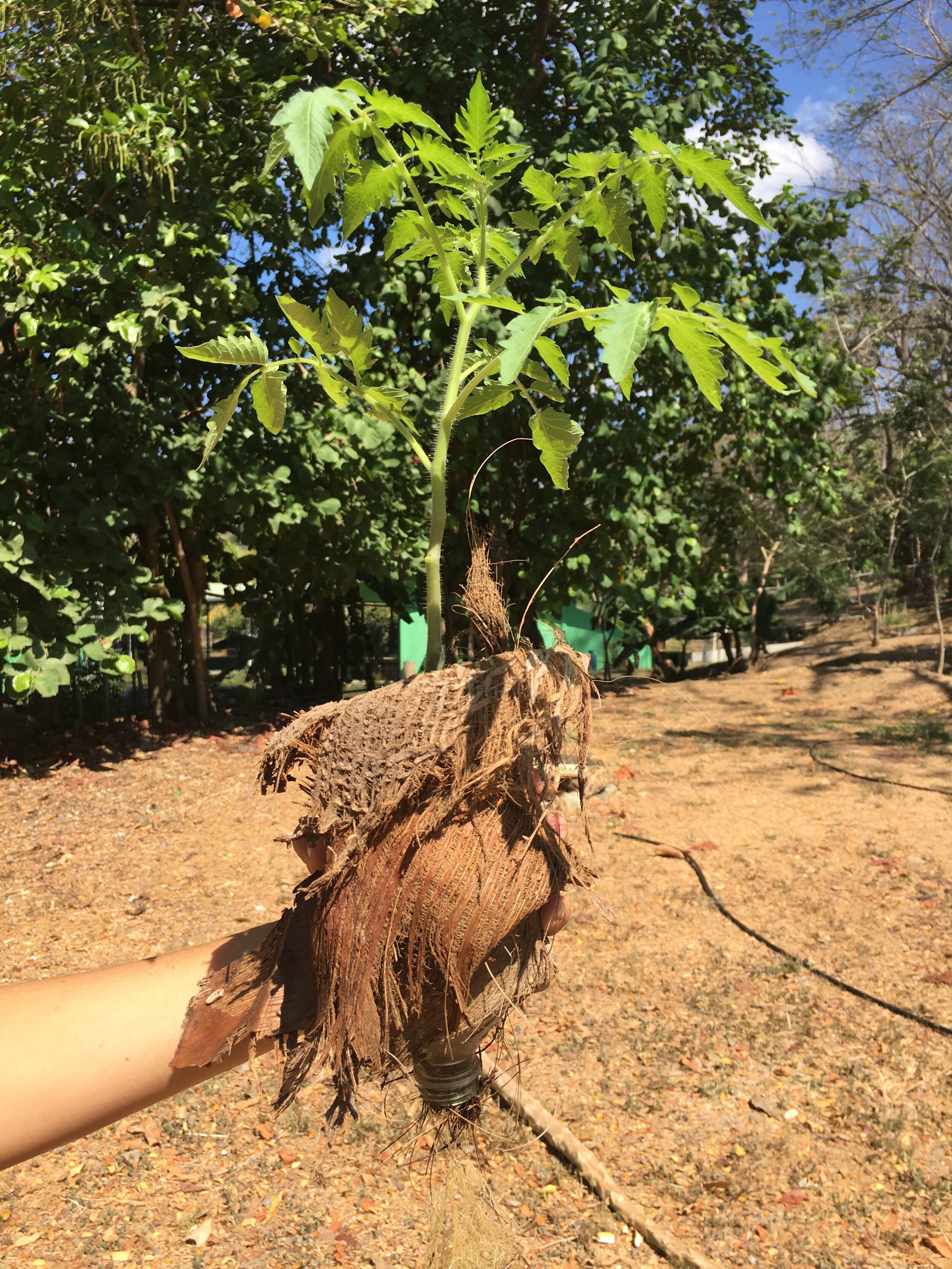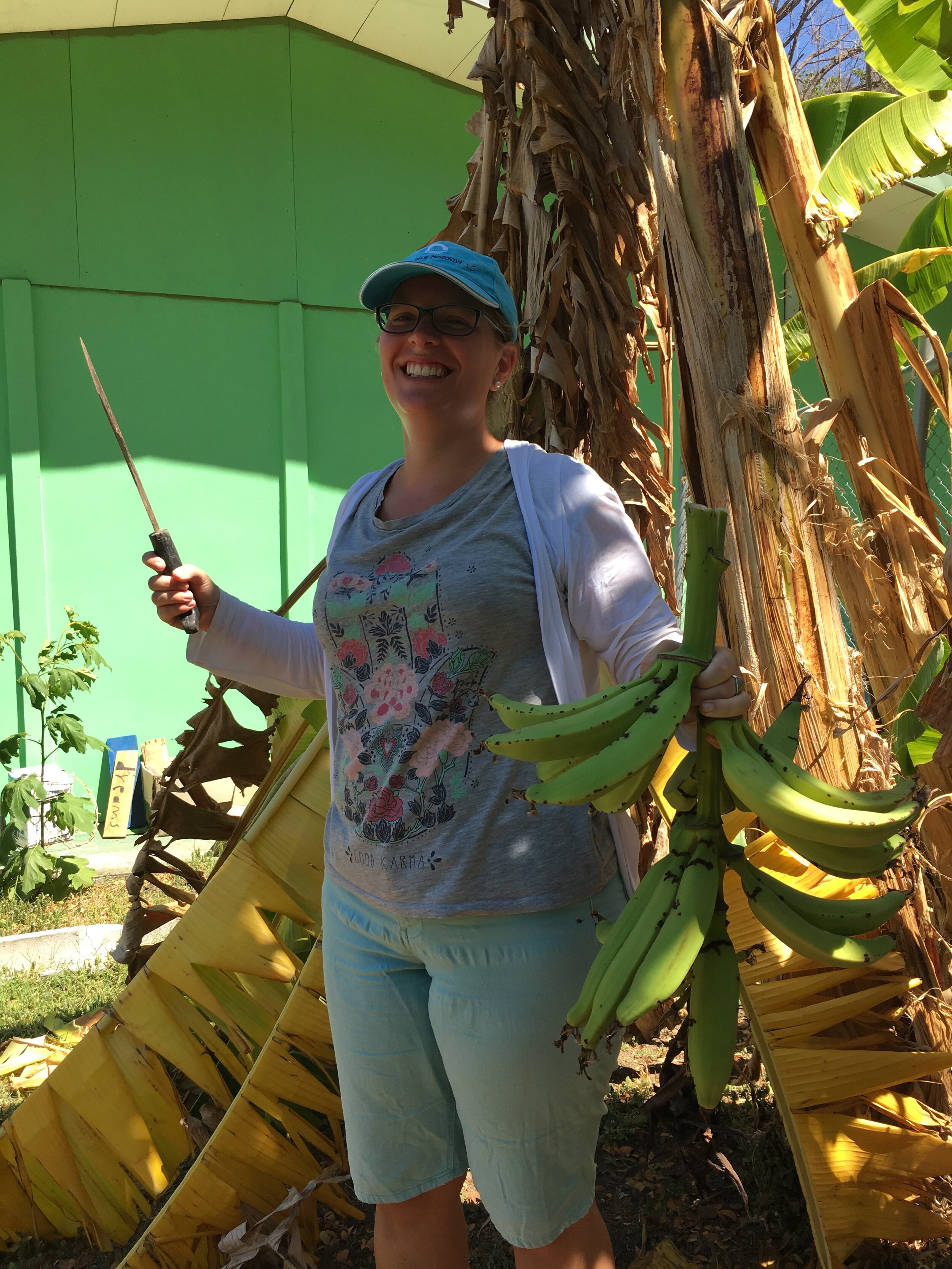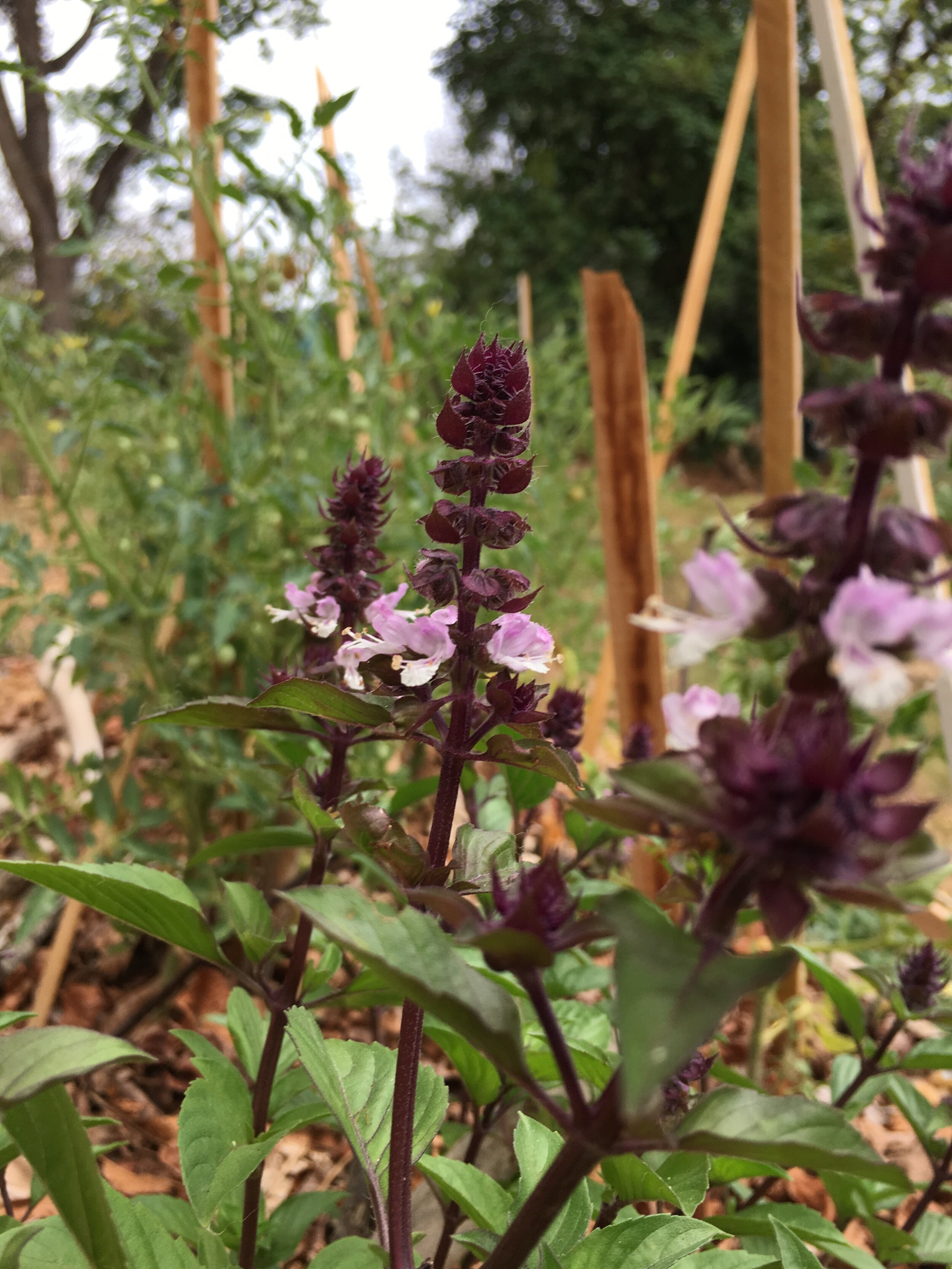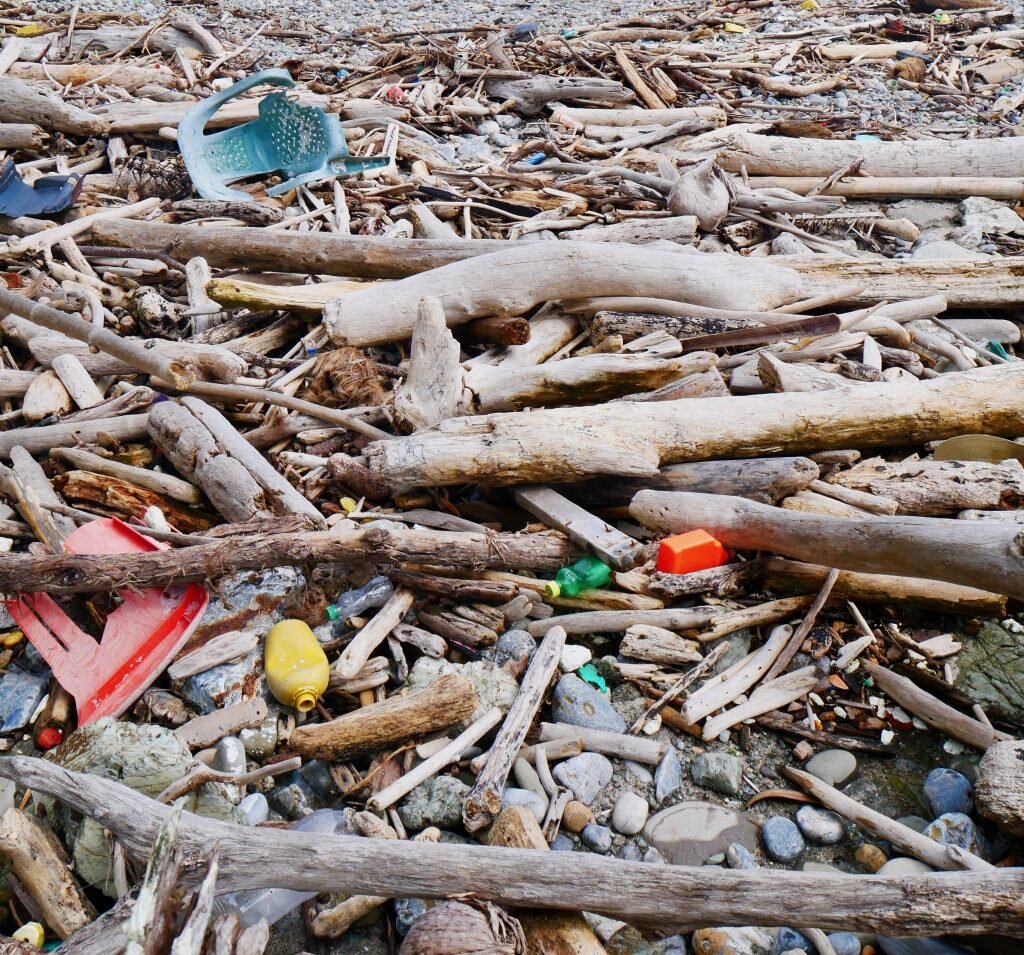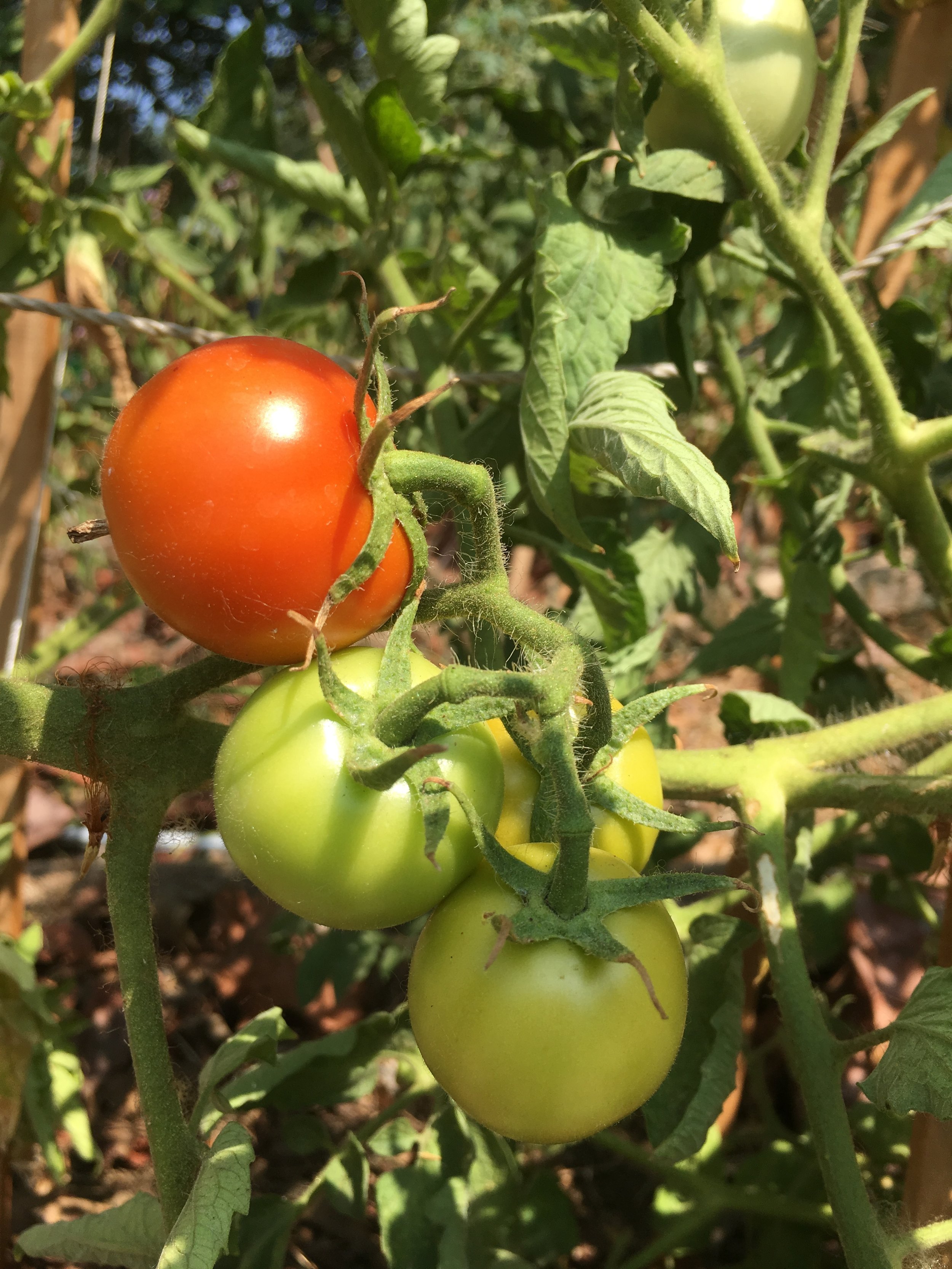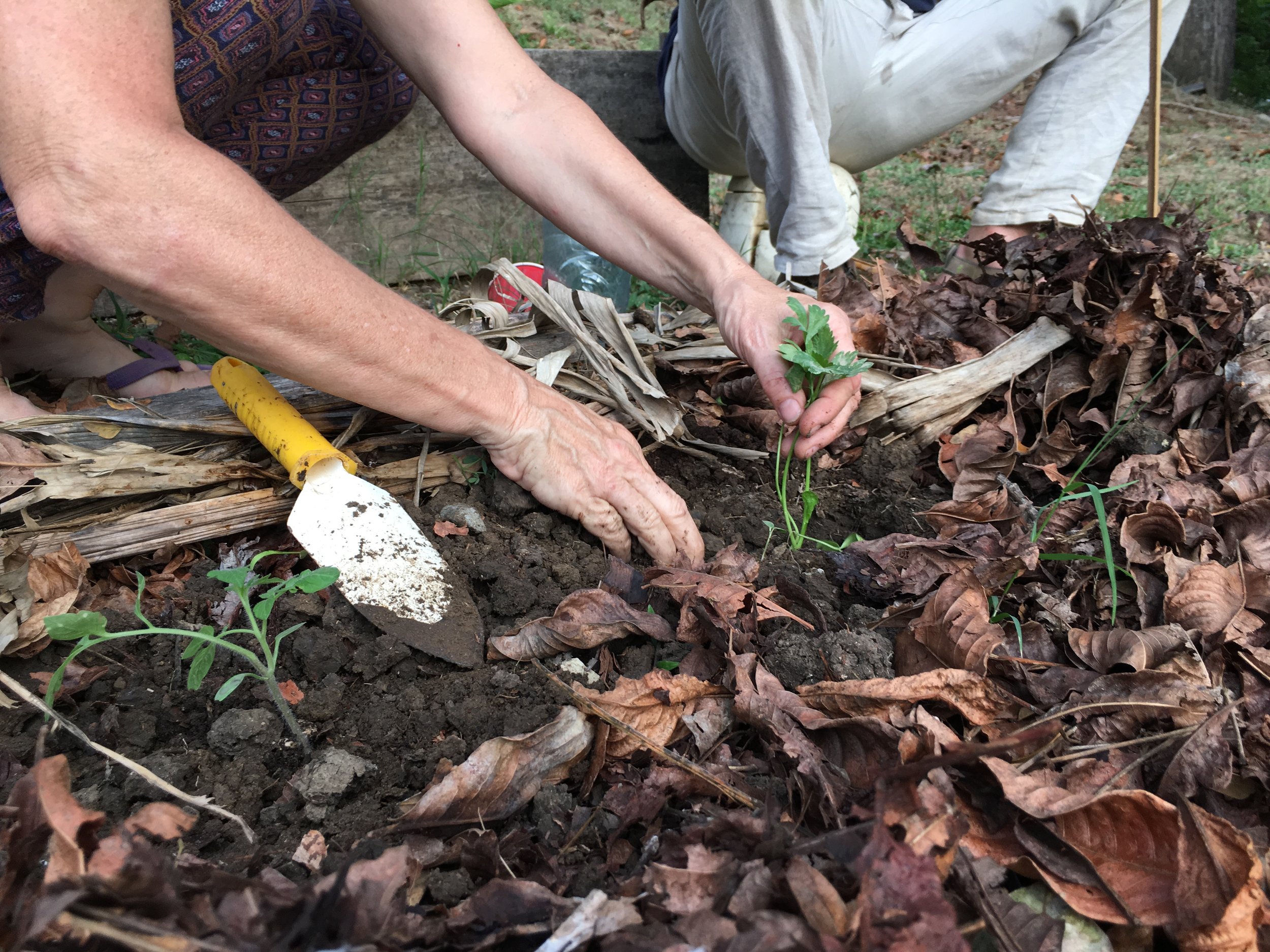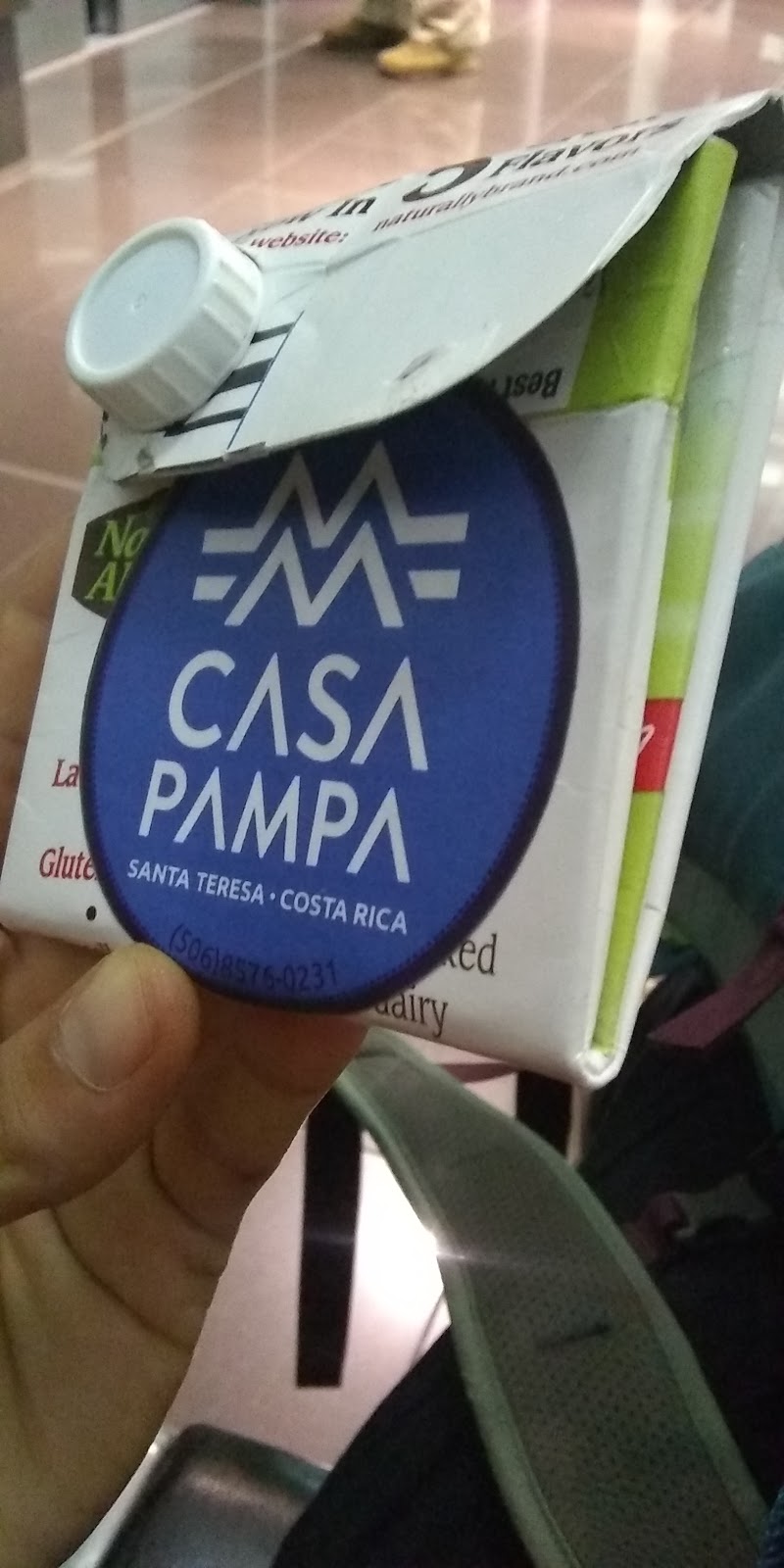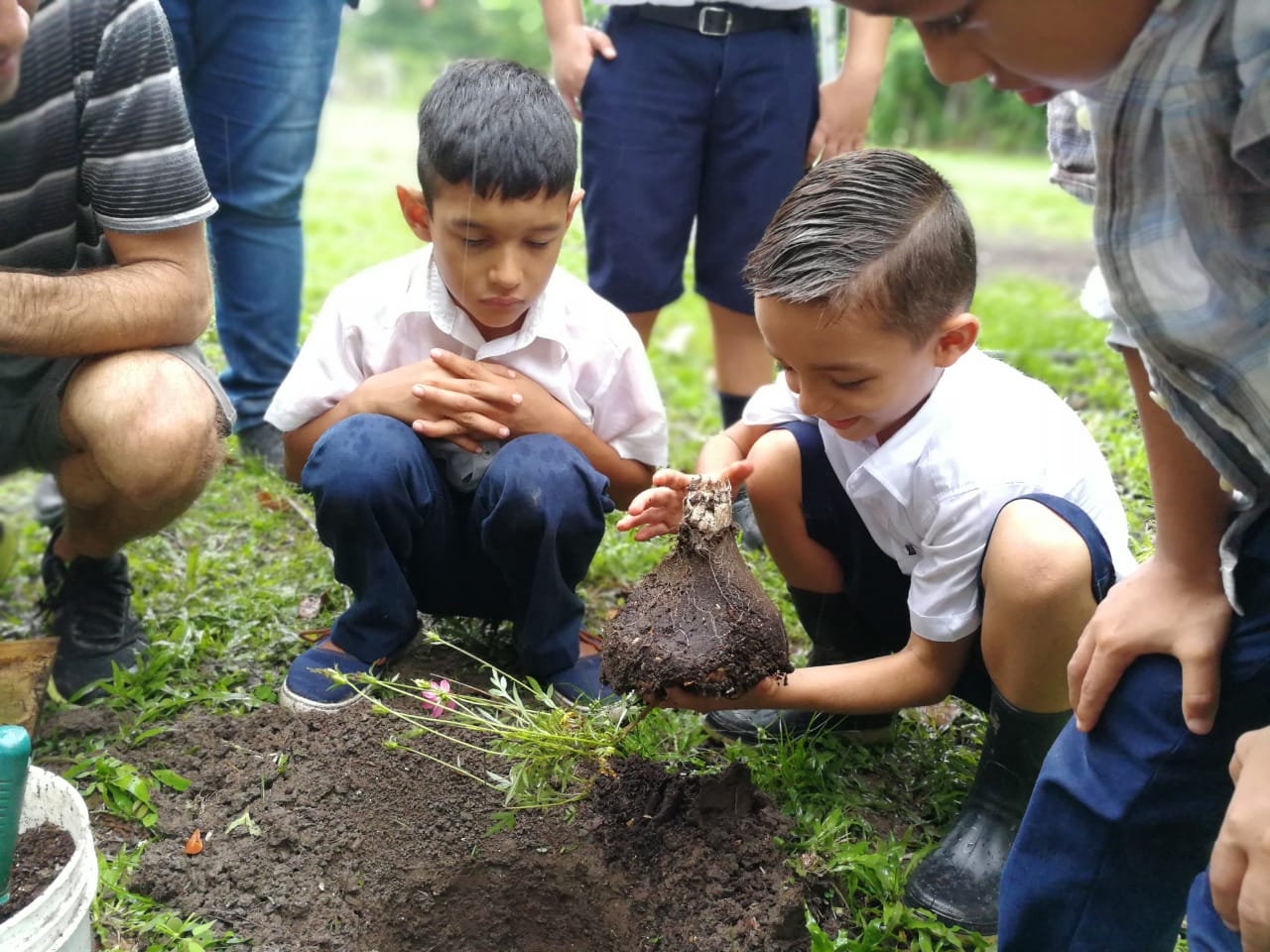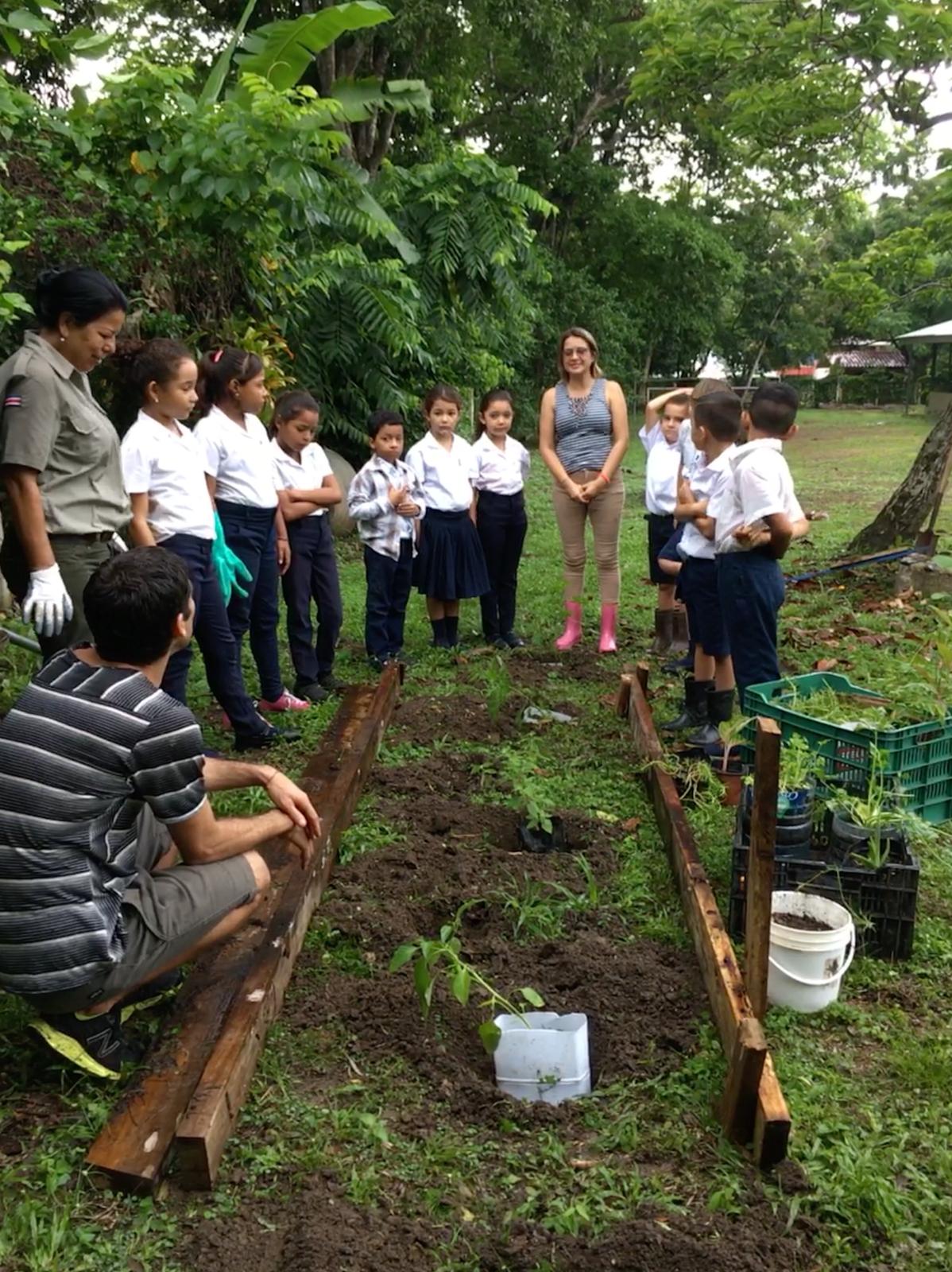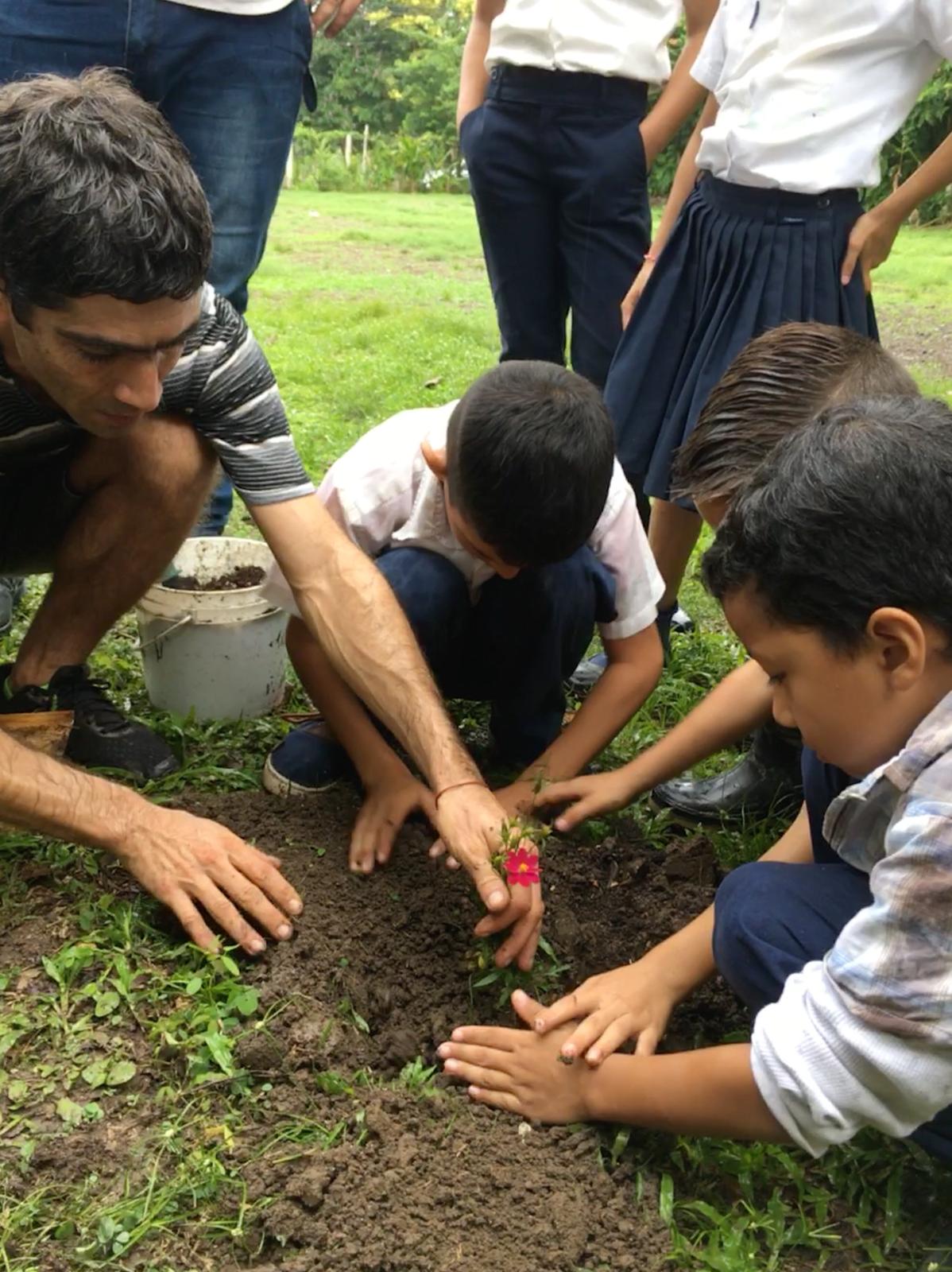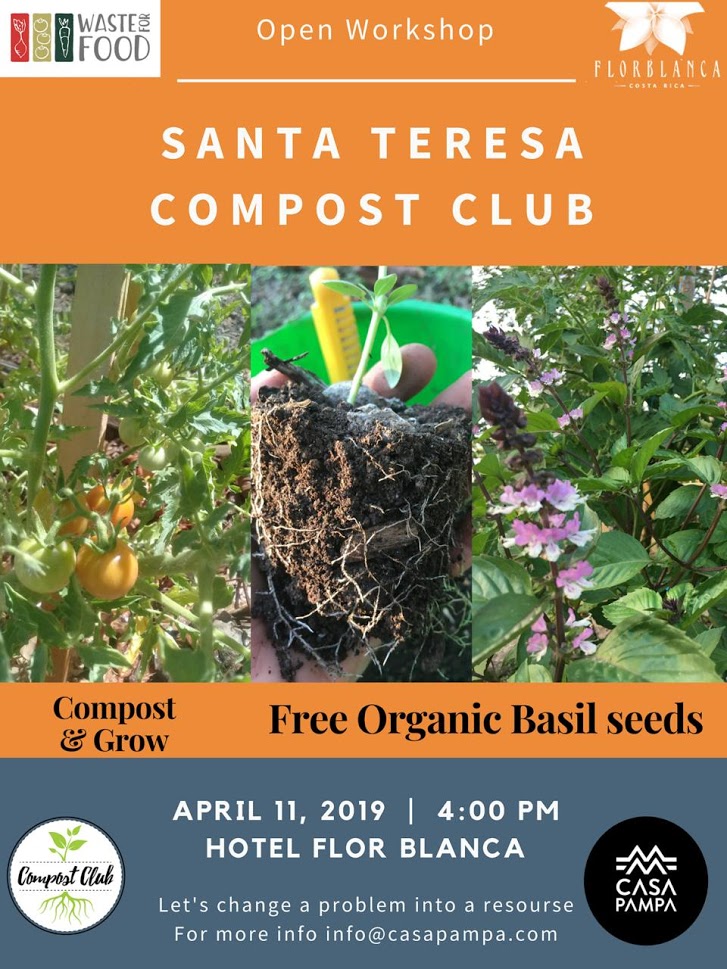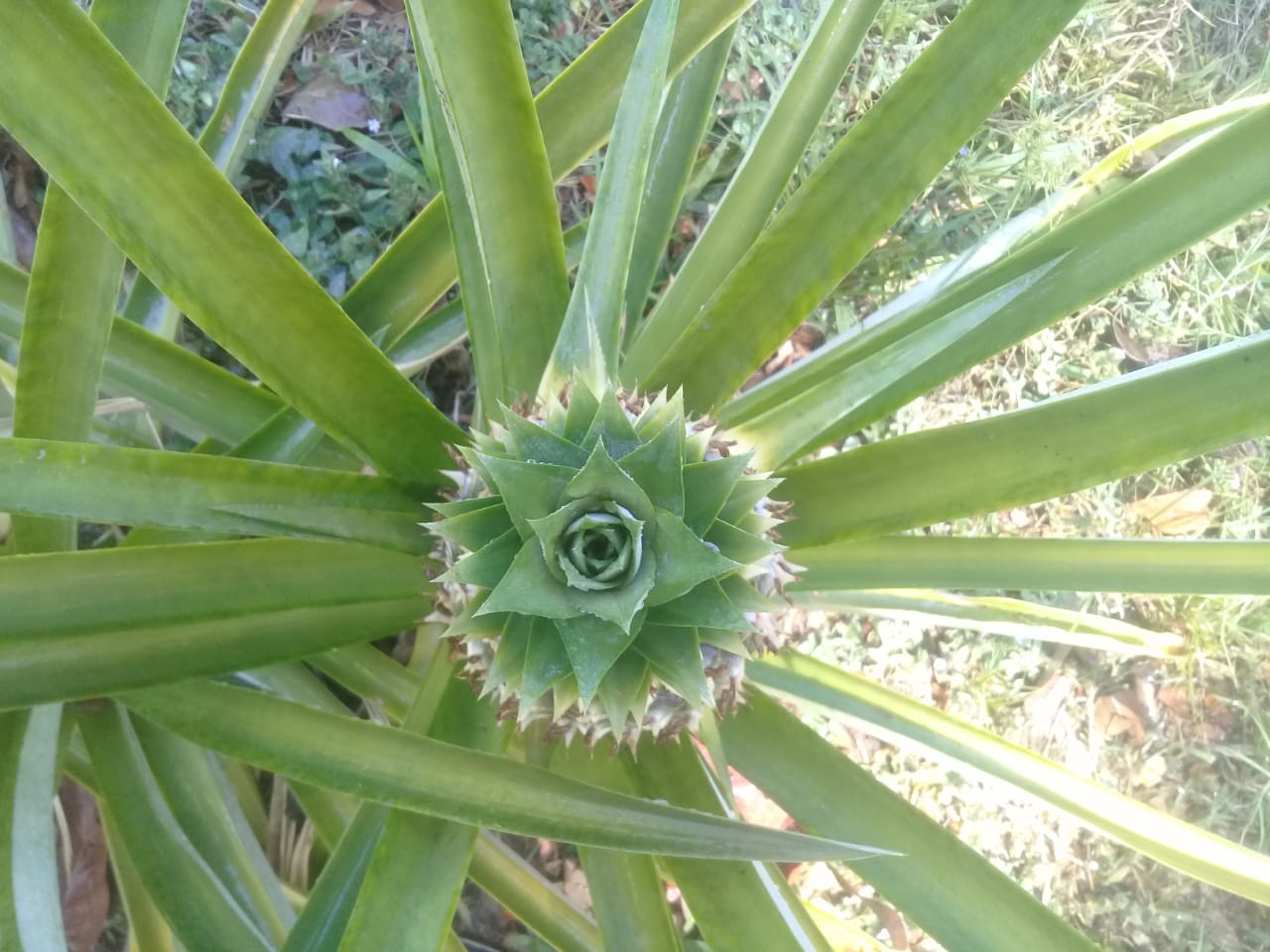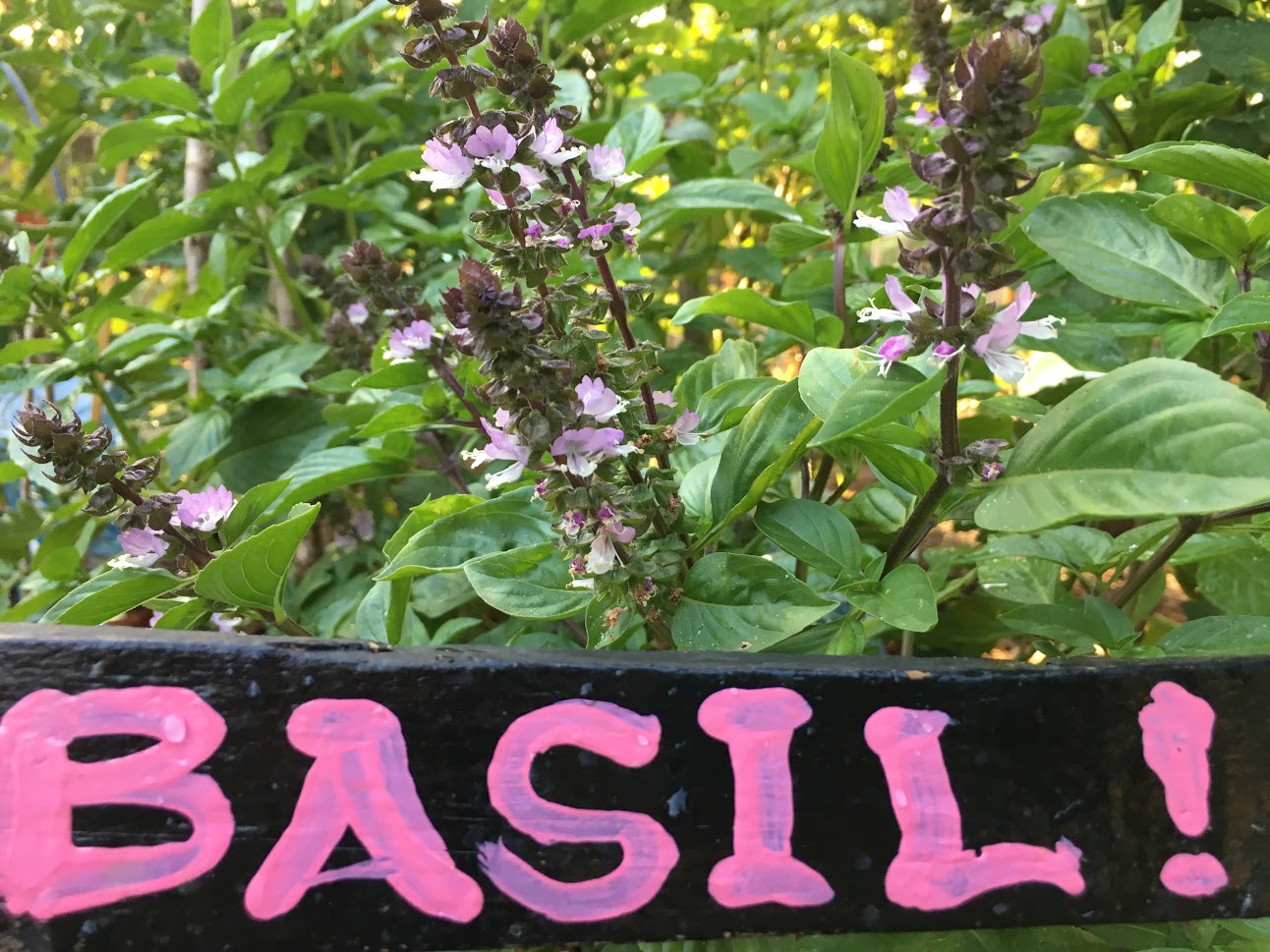Some countries started to build man-made biological corridors to permit species to cross large highways or urban areas. While it takes some time for wildlife to use those structures, cameras have seen them using it and it is a huge step in the right direction to protect biodiversity.
Forest fires are also a real threat to biological corridors, and as we entered the dry season the SINAC indicated that with the implementation of the system of permanent alert, the fire will be monitored with satellites, towers, and field inspection. Furthermore, more than 950 firefighters are ready to intervene nationwide. The awareness of the population is also a very important aspect to prevent forest fires and the campaign “A summer without forest fires” has been put in place. Be aware that March and April are the more critical months, but caution must be observed through all the dry season.
Protection of those corridors is not only the government's responsibility, everyone should know about the importance of those and think of the consequences of cutting a tree, making a fire, building houses, resort, etc. It is our responsibility to get knowledge of those important corridors for biodiversity, tourism, business, the country, and the planet.
Ghyslain Durand, Canada
If you want to know more about Ghyslain thoughs, please check www.ghyslaindurand.com
Los corredores biológicos ayudan a conservar la biodiversidad
Un corredor biológico es el conjunto de hábitats necesarios para la realización de los ciclos de vida (reproducción, crecimiento, refugio, comer, beber, cazar, etc.) de una especie que está funcionalmente vinculados.
La carreteras, la casa, la desforestación, el fuego pueden destruir esos corredores y poner a las especies en alto riesgo en ciertas áreas. Es importante que nos demos cuenta de que solo cortar un árbol podría romper un corredor y molestar seriamente a los animales como los monos que siempre usan el mismo camino para llegar al lugar que necesitan para sobrevivir.
Cuando se rompe un corredor biológico, los animales se ven obligados a cruzar, ponerse en peligro o entrar en la ciudad, lo que puede conducir a su muerte. Es una amenaza real para la vida silvestre y todo el equilibrio del ecosistema.
Costa Rica y el SINAC dependen mucho de la preservación de esas áreas para mantener la biodiversidad, que es una de las principales razones por las que a los turistas les gusta viajar a Costa Rica. El objetivo general es crear esos corredores para unir las áreas protegidas para ayudar a reforzar la biodiversidad.
Algunos países comenzaron a construir corredores biológicos artificiales para permitir que las especies crucen grandes carreteras o áreas urbanas. Si bien la vida silvestre necesita algo de tiempo para usar esas estructuras, las cámaras las han visto usarlas y es un gran paso en la dirección correcta para proteger la biodiversidad.
Los incendios forestales también son una amenaza real para los corredores biológicos, y cuando entramos en la estación seca, el SINAC indicó que con la implementación del sistema de alerta permanente, el incendio será monitoreado con satélites, torres e inspección de campo. Además, más de 950 bomberos están listos para intervenir en todo el país.
La conciencia de la población también es un aspecto muy importante para prevenir incendios forestales y se ha puesto en marcha la campaña "Un verano sin incendios forestales". Tenga en cuenta que marzo y abril son los meses más críticos, pero se debe tener precaución durante toda la estación seca.
La protección de esos corredores no es solo responsabilidad del gobierno, todos deben saber sobre la importancia de esos y pensar en las consecuencias de cortar un árbol, hacer un incendio, construir casas, resorts, etc.
Es nuestra responsabilidad conocer esos importantes corredores para la biodiversidad, el turismo, los negocios, el país y el planeta.
Ghyslain Durand, Canadá
Si desea saber más acerca de los pensamientos de Ghyslain, visite www.ghyslaindurand.com


